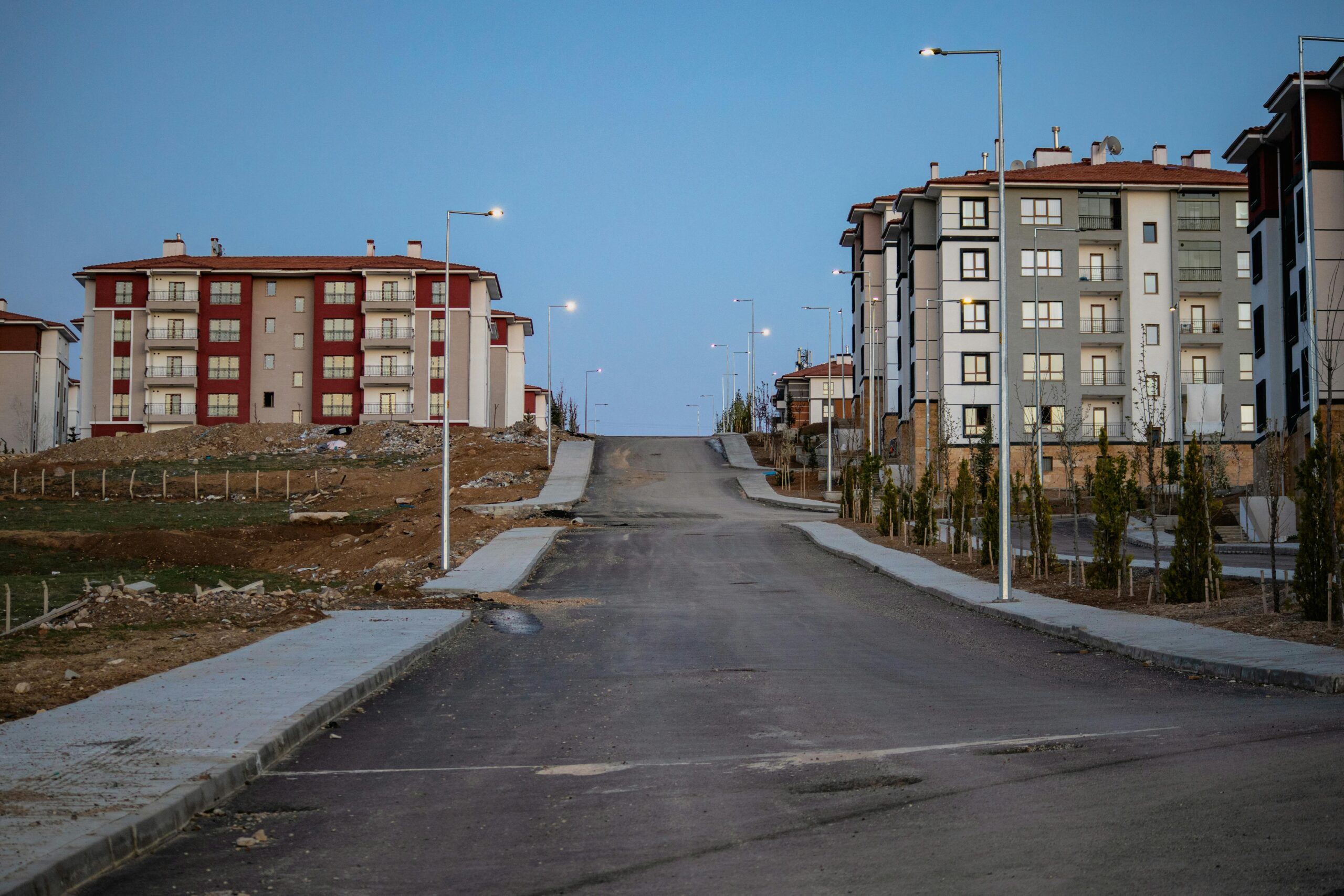As Donald Trump begins his second term in office, real estate professionals, developers, and policymakers are closely watching how his administration’s policies could reshape the national housing landscape. One major question on the horizon is this: Will a Trump administration shift housing development priorities from urban centers to rural and suburban communities?
Historically, federal housing policy has played a crucial role in shaping where development occurs and who benefits from it. Trump’s pro-growth, deregulation-first approach has already signaled that the administration’s focus may pivot more toward rural and suburban areas. This article explores how that shift could unfold, what it means for different communities, and how real estate stakeholders can prepare for the impact.
A Divided Housing Landscape: Urban vs. Rural Needs
Before diving into the policies, it’s important to understand the distinct challenges facing urban and rural housing markets:
-
Urban areas struggle with sky-high rents, low vacancy rates, and a lack of affordable housing. The demand is high, but construction is limited by zoning laws, land scarcity, and regulatory hurdles.
-
Rural communities often face declining populations, aging housing stock, and limited investment. Though land is plentiful, economic incentives for new development are low.
These two very different housing realities require different solutions. But federal policy often takes a broad-brush approach—and depending on who’s in power, one region can end up prioritized over the other.
Trump’s Track Record: Favoring the Suburbs and Rural America
During his first term, Trump’s policies leaned toward empowering suburban and rural voters—a key part of his base. Several decisions reinforced this trend:
1. Rolling Back the AFFH Rule
In 2020, Trump repealed the Obama-era Affirmatively Furthering Fair Housing (AFFH) rule, which had required local governments to assess and address racial and economic segregation. This rule was aimed at expanding affordable housing into wealthier suburbs.
Trump framed the rollback as a move to protect suburban lifestyles, saying it would “protect your home” and end efforts to “abolish the suburbs.” The move signaled a clear preference for local control over zoning—especially in suburban and rural areas—at the expense of federal mandates to diversify housing opportunities.
2. Opportunity Zones in Non-Urban Areas
While Opportunity Zones (OZs) were spread across urban and rural areas, Trump’s administration often highlighted rural investment as a key goal. OZ tax incentives encouraged development in underinvested regions, but without strict affordability requirements, many urban OZs saw luxury development, while rural zones struggled to attract large-scale capital.
3. Rural Infrastructure and HUD Grants
Trump’s first term saw increased attention to rural broadband, transportation, and economic development through various USDA and HUD programs. Though funding levels were modest, the rhetoric was consistent: invest in “forgotten” rural areas and empower local control.
What Trump’s Second Term Could Mean
With Trump back in office, we can expect more of the same—a push toward rural revitalization and suburban autonomy, while urban affordability concerns may take a backseat. Here’s how that might manifest:
✅ 1. Incentives for Rural Development
Expect expanded efforts to encourage homebuilding in rural and exurban communities. This could come in the form of:
- Tax breaks for developers in rural regions.
- Relaxed building codes and regulations for small towns.
- Expanded USDA Rural Development housing programs.
-
Increased funding for infrastructure like roads, broadband, and utilities to make rural land more buildable.
This shift could help balance development across the country, especially in places experiencing population loss—but it may also pull attention away from cities that are still grappling with housing crises.
❌ 2. Less Federal Pressure on Suburban Zoning Reform
Trump’s past opposition to zoning mandates—especially those aimed at increasing multifamily housing in single-family neighborhoods—suggests a second term will leave zoning decisions entirely to local governments.
That means suburban and exurban communities will face less pressure to allow dense or affordable housing, potentially worsening urban sprawl and deepening segregation by income.
❌ 3. Fewer Resources for Urban Affordable Housing
If the administration cuts HUD funding or shifts it toward rural housing initiatives, cities could lose out on:
- Community Development Block Grants (CDBGs)
- Housing Choice Vouchers (Section 8)
- Supportive housing programs for the homeless
- Transit-oriented development funds
With cities still struggling post-pandemic—amid rising homelessness, rent inflation, and aging infrastructure—this could be a major setback for affordable housing developers and urban planning departments.
The Political Calculation Behind the Shift
This shift isn’t just about housing policy—it’s also a reflection of Trump’s electoral map. His base is strongest in rural counties and outer-ring suburbs, while most major urban centers lean Democratic.
Focusing on rural development serves multiple political purposes:
-
Boosts economic optimism in politically aligned regions.
-
Rewards loyalty among rural voters and conservative suburban areas.
-
Sidesteps opposition from city leaders who are more likely to resist Trump’s broader agenda.
From a strategic standpoint, this focus on rural and suburban development is a way to build influence and deliver wins in places where support is strongest.
What Real Estate Professionals Should Watch For
If you’re a builder, developer, investor, or planner, here are a few key areas to monitor under the Trump administration:
🔍 1. Shifting Capital Flows
- Expect more capital incentives (grants, tax credits, loan guarantees) for projects in rural or suburban Opportunity Zones.
- Urban developers may find it harder to access HUD funds or face more scrutiny when applying for subsidies.
🧱 2. Zoning Autonomy
-
With less federal oversight, local zoning decisions will carry even more weight.
-
Watch for suburban municipalities doubling down on single-family zoning or resisting high-density developments.
🌆 3. Urban Disinvestment Risks
- Developers and investors in city centers should prepare for slower federal response to urban housing crises.
- Affordable housing in cities may need more creative financing—philanthropy, local bonds, or private-public partnerships.
A Tale of Two Housing Markets
Trump’s return to the presidency is likely to deepen the divide between urban and rural housing policy. His administration’s priorities—less federal regulation, more local control, and targeted rural investment—will influence where housing dollars go, how housing gets built, and who benefits from future growth.
For rural America, this could be a moment of much-needed revitalization, bringing new attention and investment to overlooked areas. For urban America, however, it may mean greater challenges in funding, equity, and inclusion unless state and local leaders step up to fill the gap.
Real estate stakeholders should be prepared to adapt to this shift in priorities, finding new ways to build, finance, and advocate for housing that meets the diverse needs of America’s communities—whether in the heart of the city or the edge of the plains.







